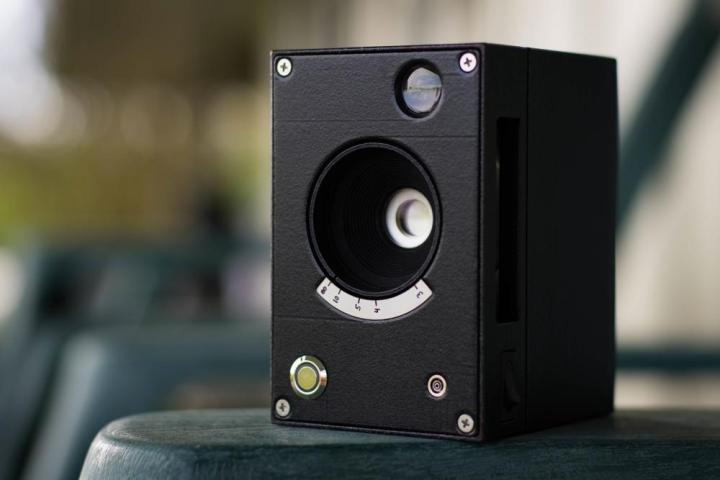
Just yesterday we showed you a tutorial on how to build a digital point-and-shoot camera using Raspberry Pi. Now a mechanical engineering student, Kevin Kadooka, has created a sophisticated medium-format camera based around the Arduino platform, including the box made from a 3D printer.

The Lux is a blend of analog and digital. Controlling the camera is an Arduino microcontroller, but it exposes photos onto 120 film, not a sensor and SD card. The 6 x 6 box itself looks clean and simple on the outside, and you wouldn’t have guessed there are electronic components inside since it resembles so much like old-school cameras. The Arduino-controlled Single Leaf Shutter allows the Lux to shoot at various shutter speeds (1/125 to 1 second) and aperture (f/5.6-32). It uses a single lens from Anchor Optics and a waist level viewfinder.

Kadooka has plans to make the Lux an open-source project, meaning that he’ll provide the code, wiring diagrams, etc. so others familiar with Arduino can build their own Lux, repair it themselves, or improve upon the camera (like perhaps making it fully digital, for example?). Things that Kadooka would like to improve upon (or see others do it) are creating a battery compartment that allows for easy access, better framing with the viewfinder, and auto turn-off to save power.
(Above, sample images taken with the Lux).
The Lux isn’t Kadooka’s first attempt at building a camera, however. He’s the man behind the successful Duo TLR (twin-lens reflex) Polaroid camera on Kickstarter. Check out his site for more photos of the project.
(Images via Kevin Kadooka; via Pop Photo/DIY Photography)






